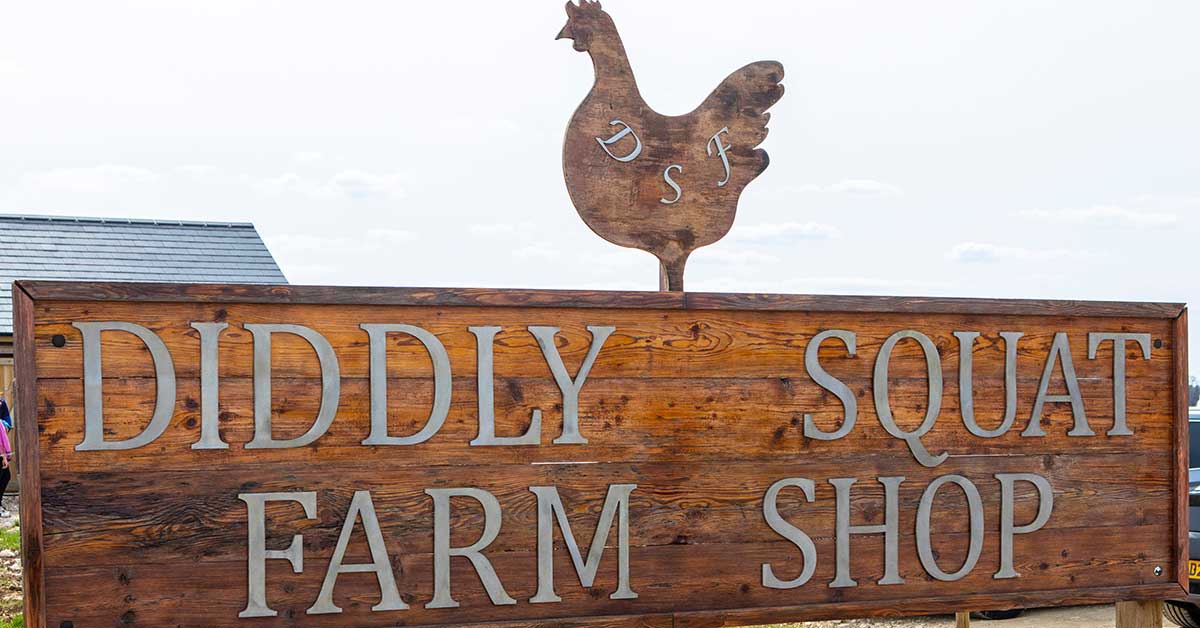
The Labour government has wasted no time in implementing their promised overhaul of the current planning system. The announcement of these potential changes has coincided with other local policy developments, which could combine to significantly change the planning landscape in our area – hopefully for the better.
Durrants’ Senior Planner and Diss resident, Jasmine Philpott, summarises the changes.
- District-wide support for rural self and custom build housing
The Greater Norwich Local Plan (GNLP), which covers South Norfolk, Broadland and Norwich, was adopted in March this year. The Plan contains policies which guide development across these three districts, alongside more specific documents which focus solely on South Norfolk.
One of the policies brought into force supports applications for up to 3 self or custom build dwellings adjacent to rural settlements or rural built-up areas. This is the only local plan in Norfolk or Suffolk to offer such endorsement for self-build housing outside of major settlements.
Self and custom build housing allows people to build their own home to live in, versus a developer building homes and selling them once completed. Broadly speaking, a self-build home is one which the owner has physically built themselves, whereas a custom-build home generally means the owner has hired contractors to carry out the work to their own specification. Either way, the key factor is that the owner of the plot will live in the house once it is built.
To qualify for a plot, you must be registered on the District’s self-build register (which you can easily find online). The Council are currently consulting on whether to introduce a local connection test to qualify for the register.
For local landowners with small parcels of land adjacent to existing housing (i.e. a hamlet or village), this new policy could be an opportunity for an outline application, with a view to then sell the plots to self-builders.
However, it is important to bear in mind that if you are in the Nutrient Neutrality catchment, which roughly spans the area west of Bunwell – Topcroft – Rockland St Mary, you will likely not be able to secure planning permission in the current circumstances. More on this below.
- Unlocking development held up by Nutrient Neutrality
Around half of South Norfolk is within the Nutrient Neutrality catchment. Planning applications for housing in these areas have been largely stalled since March 2022 due to water quality concerns. However, the Labour government have indicated that they will be unlocking development in affected areas.
The latest idea is to allow permission to be granted, with occupation of dwellings prevented until nutrient concerns have been addressed. The full details of the government’s proposals have yet to be confirmed.
- A new National Planning Policy Framework
The NPPF is the national planning document which dictates how district-level planning can be undertaken. Consultation on significant changes to the Framework is currently underway, and anyone can comment on the draft document.
Among the key amendments proposed, the new NPPF would change the way in which housing need is calculated, ultimately meaning that more houses will be built in each District. More pressure will be placed on Councils to deliver their housing supply and to have up to date local plans.
More support for developing brownfield land is proposed, as well as expanding the definition thereof to allow more land uses to qualify. And controversially, more support is given for clean energy, including onshore wind which had become almost extinct under the previous government.
As expected, the Planning climate in our area is changing to one that is fundamentally pro-development. This will come as good news to some, and bad news to others. However, there are opportunities to be had for many of us that did not exist under the previous government, which I think can only be positive.
This article originally appeared in the print edition of the Diss Express.

